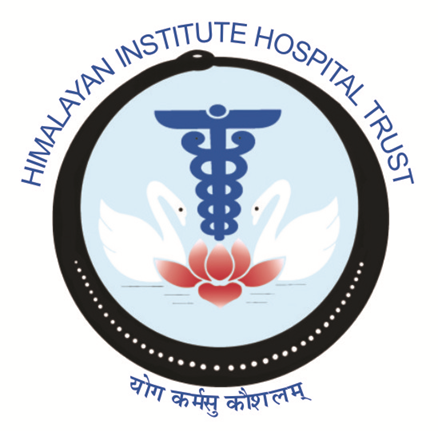As Christmas Eve of 2020 sets in, we trace our journey back to the first integrated water project commissioned at Bandawali way back in 1998. It’s true over the years we have facilitated more than 250 piped water supply schemes, 14000+ toilets. But back then (which now seems to be a by-gone era), even though close to Dehradun, Bandawali had neither a water supply scheme nor access during rains (villagers had to cross the river with the help of rope trolley during monsoon period). It was part of the 43 villages we chose for enabling community-led water, sanitation and hygiene project in partnership with Swajal, a World Bank funded program across four districts of Uttarakhand (then UP).

Bandawali was a small village of two habitations – Bandawali and Kishanpuri having 23 households.
Basanti Devi and Sunita Devi, residents of Badawali, remember the day when their water supply scheme was inaugurated and get emotional. Before this scheme, they had to trek minimum 1 Km. to fetch water from the spring source. Other women of village vividly recall the time when they had no clue of issues like sanitation or hygiene and open defecation was a common practice.

The project started in Oct 1998 with the Planning Phase. Our team carried out door to door baseline survey, did cluster meetings as well as community meetings for laying a strong foundation. After three months of mobilization, Village Water & Sanitation Committee (VWSC) was formed with participation from both habitations with 33% women and 20% SC/ST representation. VWSC was then trained on various aspects of the project . An ‘Agree to Do’ meeting was carried out to find out the appropriate technical option. Engineering survey was done and estimates prepared as Detailed Project Report. Implementation Phase was started in October 1999. VWSC procured their material, arranged their mason/labour. A joint bank account was operated with one signatory from HIHT and one from VWSC. All expenditure on the construction of scheme was done through this bank account only with clear transparency to community.
In this scheme, spring water having lean discharge of 9 LPM was sourced and collected through Intake Chamber, filtered by constructing Roughening Filter, collected at Clear Water Reservoir with chlorinator and then distributed to households. Community contributed 10% of capital cost and owned 100% Operation and Maintenance (O&M) responsibility. All households constructed their toilets and used twin pit technology at that time. Soak-pits, garbage pits were also constructed for solid and liquid waste management. Later, catchment area protection works were also taken up to recharge the spring source. Check-dams, plantation and recharge pits were also constructed.

Atamarpan (Inauguration) was done in Sept. 2000 by the community in an emotionally charged ceremony. The scheme was inaugurated by Mr.Mahesh Gupta, IAS, Director-Swajal. Dr. Vijay Dhasmana, Member-PB, Ms. B. Maithili, Director-RDI and Er. Vishnu Sharan, Chief Functionary-WATSAN were part of the inauguration ceremony ( attached pics). The interventions clearly demonstrated that if communities are involved from inception stage, they are willing to own and contribute not only towards capital cost but also towards operation and maintenance of the scheme. The Swajal Project was top ranked community water and sanitation project. As the villagers owned the project, we moved ahead to fulfill our mission to facilitate similar water projects elsewhere.
